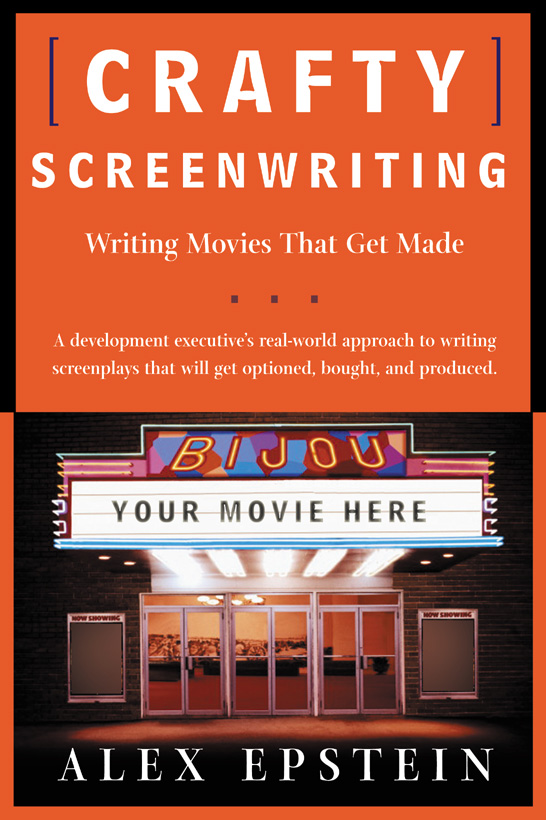
This of course is a style, one especially appropriate for men who have spent their lives practically alone in the vast open West, thinking a lot but having no one to talk to; it's also right for these bleached-out morality tales.
But minimalist dialogue can easily come across as simply flat and dull dialogue if you're not careful. After all, you're not giving the reader a lot to go on.
MAN Yep.
Unfortunately, you can't write:
MAN (with a steely, slightly pained glint in his eye that makes you know that what these other people may have suffered is nothing to him, because he has been through Hell and back) Yep.
If you're adopting this dry style for your main character or your whole script, then you have to work twice as hard to make sure that we understand exactly where the character is coming from. When you do have an opportunity to let us inside the character's head, make it count. Be doubly careful that your character does things on screen that tell us what's going on in his mind.
The more we understand a character, the richer the lines are going to seem, no matter how dry they are on the page. The reader and the audience will add their own emotions to the lines. If you've written the action in a crafty enough way, so that everything the hero does tells us what sort of man he is, the reader will add the steely, slightly pained glint without your writing it. The audience will assume a whole emotional turmoil behind the actor's steely look.
That's why the dialogue doesn't need much help from the action:
ELIZABETH Why are you looking at me like that? NEAL I was just wondering why you're working so late. Aren't you afraid to go home in the dark? ELIZABETH I'm not afraid of anything. She comes over to him, a little bit too close. NEAL Maybe you should be. ELIZABETH You're not wearing your ring anymore. NEAL Maybe I took it off at the gym. ... I should go. She is very close now. ELIZABETH You're afraid! What are you afraid of? NEAL Mary's late. ELIZABETH What, she's picking you up here? It's not that dangerous a neighborhood. She probably just left late- NEAL -No. She's ... late. My wife is late. ELIZABETH stares at him. She giggles, a little hysterically. ELIZABETH I thought you weren't sleeping together any more. What was it you said? "Living as brother and sister"?
I haven't said much about how either of these characters feel. Assuming the scenes running up to this point have given you a sense of them, your empathy will tell you how they feel. The action gives you a little important blocking (we need to know they're very close) and an unexpected reaction to the bad news (ELIZABETH covers her upset with a hysterical giggle). Emotional scenes tend to be dialogue scenes, even though technically dialogue only tells you what the characters are saying. Dialogue is what pulls you into the world of the characters. If you saw the scene above in a silent movie, you would know that the characters are attracted to each other, and that the man drops a bombshell that upsets the woman. But you probably wouldn't care very much, because you wouldn't know what she was getting upset about.